#insects -
Note

i refer to stinkbugs that find their way inside as "men" and in this case i think this is Actually A Man
Standing on two legs operating a switch? Yeah, that's a man
1K notes
·
View notes
Text
I literally just learned that male carpenter bees are usually the ones tasked with protecting the nest from predators. They have that little yellow bald spot on their heads, and they’re usually the ones buzzing and hovering near you, just kinda looking at you. However, the reason they hover near you is actually because they think they’re being intimidating, and they’re trying to scare you off. If that doesn’t work, well, male carpenter bees don’t have stingers, and they don’t bite, so they’re only defense mechanism to scare humans off is to bump into us over and over. Literally just fly full speed into us, head first, and hope it’s enough to scare us away. I love carpenter bees so much. 🥺 Truly the himbos of the insect world.
2K notes
·
View notes
Text
Wool-Carder Bees: these solitary bees harvest the soft, downy hairs that grow on certain plants, rolling them into bundles and then using the material to line their nests

Wool-carder bees build their nests in existing cavities, usually finding a hole/crevice in a tree, a plant stem, a piece of rotting wood, or a man-made structure, and then lining the cavity with woolly plant fibers, which are used to form a series of brood cells.
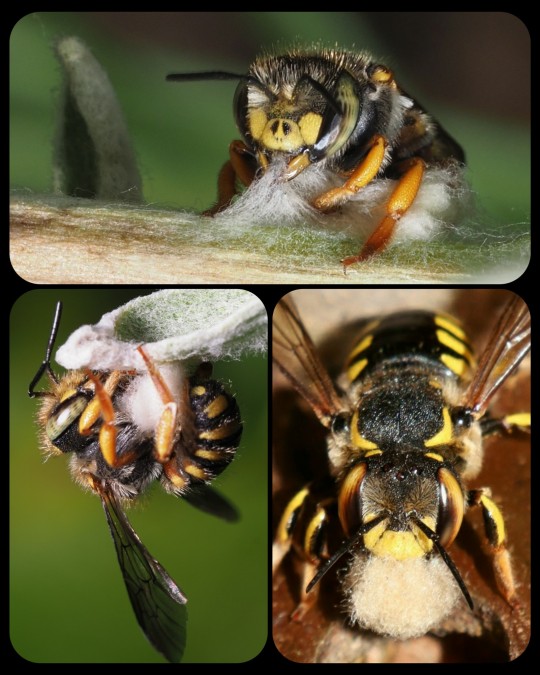
The fibers (known as trichomes) are collected from the leaves and stems of various plants, including lamb’s ear (Stachys byzantina), mulleins, globe thistle, rose campion, and other fuzzy plants.

From the University of Florida's Department of Entomology & Nematology:
The female uses her toothed mandibles to scrape trichomes off fuzzy plants and collects a ball of the material under her abdomen. She transports these soft plant fibers to her selected nest site and uses them to line a brood cell. Next, she collects and deposits a provision of pollen and nectar into the cell, enough pollen to feed a larva until it is ready to pupate. Lastly, she lays a single egg on top of the pollen and nectar supply before sealing the cell. ... She will repeat this process with adjoining cells until the cavity is full.
These are solitary bees, meaning that they do not form colonies or live together in hives. Each female builds her own nest, and the males do not have nests at all.
Female wool-carder bees will sometimes sting if their nest is threatened, but they are generally docile. The males are notoriously aggressive, however; they will often chase, head-butt, and/or wrestle any other insect that invades their territory, and they may defend their territory from intruders up to 70 times per hour. The males do not have stingers, but there are five tiny spikes located on the last segment of their abdomen, and they often use those spikes when fighting. They also have strong, sharp mandibles that can crush other bees.
There are many different types of wool-carder bee, but the most prolific is the European wool-carder (Anthidium manicatum), which is native to Europe, Asia, and North Africa, but has also become established as an invasive species throughout much of North America, most of South America, and New Zealand. It is the most widely distributed unmanaged bee in the world.
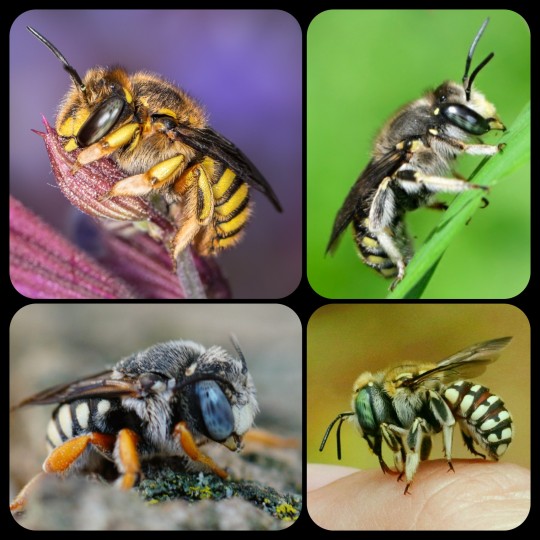
A few different species of wool-carder bee: the top row depicts the European wool-carder, A. manicatum (left) and the spotted wool-carder, Anthidium maculosum (right), while the bottom row depicts the reticulated small-woolcarder, Pseudoanthidium reticulatum, and Porter's wool-carder, Anthidium porterae
Sources & More Info:
University of Florida: The Woolcarder Bee
Oregon State University: European Woolcarder Bees
Bohart Museum of Entomology: Facts about the Wool Carder Bee (PDF)
Bumblebee Conservation Trust: A. manicatum
World's Best Gardening Blog: European Wool Carder Bees - Likeable Bullies
Biological Invasions: Global Invasion by Anthidium manicatum
#entomology#hymenoptera#apiology#melittology#bees#woolcarder bees#nature#insects#arthropods#science#solitary bees#european woolcarder#anthidium#animal facts#cool bugs#cute animals
867 notes
·
View notes
Text
Was able to borrow the macro lens to take some cicada photos!


The resolution on this is crazy

#bugs#insects#photography#entomology#cicada#periodical cicada#tumblr might crunch the resolution but the texture of the facets in the compound eye is visibly on my end
423 notes
·
View notes
Photo
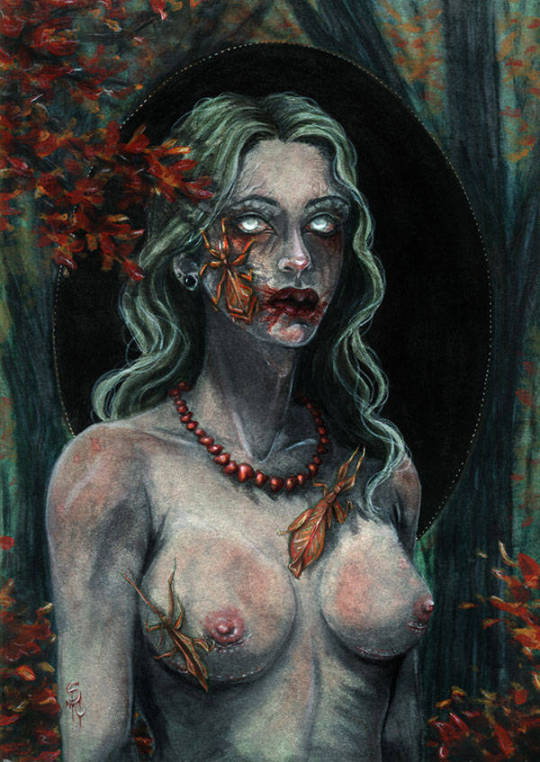
Melancholy likes to wear her red necklace by illusorya
This artist on Instagram
#art#illustration#mixed media#dark art#horror#fantasy#macabre#character design#insects#bugs#artistic nude
249 notes
·
View notes
Text




Bombylius medius/prickvingad svävfluga. Värmland, Sweden (April 30, 2019).
199 notes
·
View notes
Text
English speaking anime fans:
“Oh I love that character from Dungeon Meshi,

#dungeon meshi#delicious in dungeon#laios touden#laios dungeon meshi#insects#bugs#bugs tw#id in alt text
216 notes
·
View notes
Text
I’m a little bit obsessed with damselfly nymphs which I. Didn’t take any pictures of on Friday but here’s some bugs from this Friday.
Dragonfly nymphs I caught infinitely while hunting for beetle larvae… why are they so cute. Their eyes are so. I love them when you catch them they just skitter into a position and freeze then start trying to hide again


Gerridae which I wanted because my last one is preserved Mid-Bite by a dytiscid larvae so this one’s nice for studying. I’m a big fan of how the local ones look fancy because they’re black and white like they’re in a suit

And then infinite belostomatids I couldn’t avoid catching who bit the shit out of me while I tried to release them


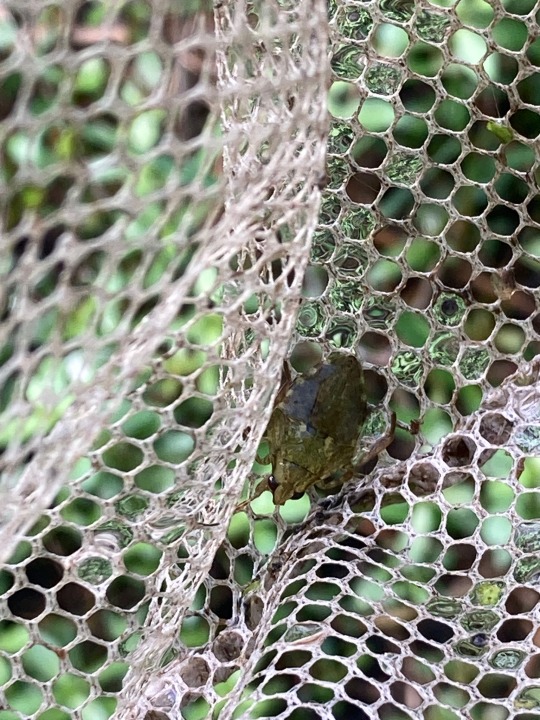
Bugs bugs bugs bugs bugs thered bugs in the water and I love them
#aquatic insects#insects#bugs#entomology#science#nature#odonata#hemiptera#gerridae#belostomatidae#my photos
127 notes
·
View notes
Text
Just got my tickets for the NHMLA bug fair and I’m so excited!!! Gonna wear this super cute dress:


81 notes
·
View notes
Text
Self-assembling molecules that spontaneously organize themselves to form complex structures are common in nature. For example, the tough outer layer of insects, called the cuticle, is rich in proteins that can self-assemble.
Self-assembly is a cost-effective, environmentally sustainable and quick way of manufacturing nanostructures with critical applications in various industries, ranging from therapeutics to self-replicating machines.
Harnessing the self-assembling abilities of proteins from the cuticles of Asian corn borer moth caterpillars (Ostrinia furnacalis), Nanyang Technological University, Singapore (NTU Singapore) scientists have created nanosized capsules that could be used to deliver drugs and messenger RNA (mRNA). mRNA is a molecule that instructs cells to produce proteins and has been used in COVID-19 vaccines.
Continue Reading.
#Science#Insects#Medicine#Materials Science#Nanotechnology#Amino Acid#Caterpillars#Asian Corn Borer Moth
63 notes
·
View notes
Note
Hi! No ID necessary, I just thought you'd be amused by this little guy who was trying to infiltrate my bread. He hung out in the outer part of the bag for like a day before I coaxed him into a cup and let him out thru the window lol
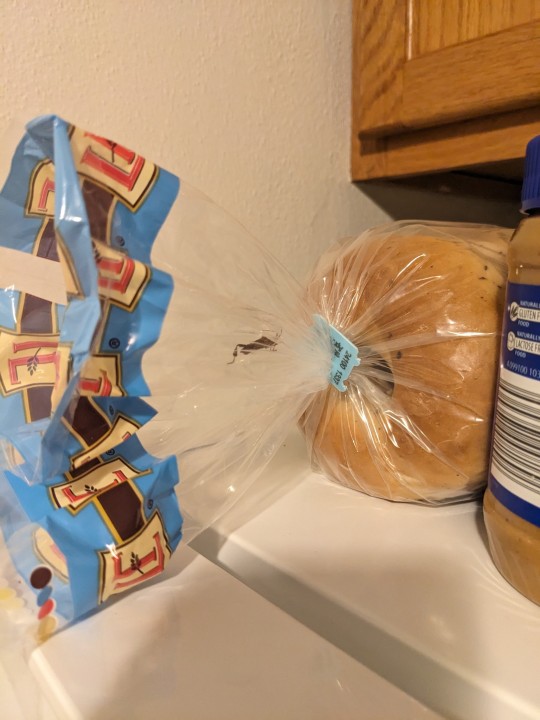
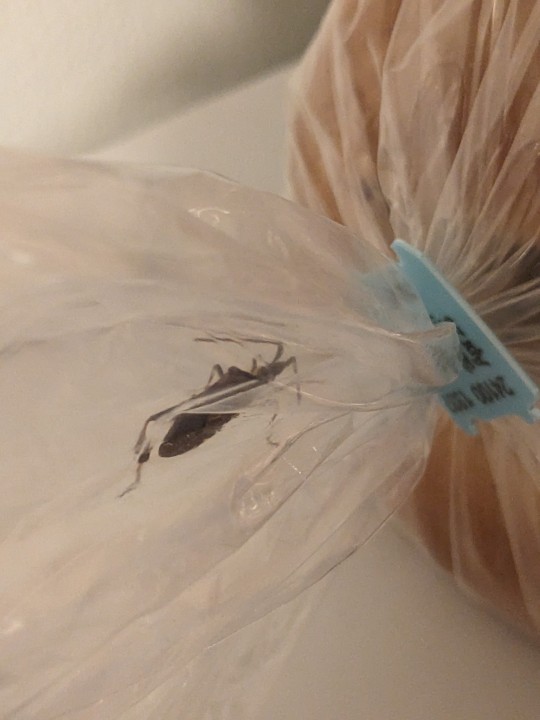
This guy longs for bagels
251 notes
·
View notes
Text
A 2 dimensional bug that lives in a poorly drawn 2 dimensional house.
65 notes
·
View notes
Text
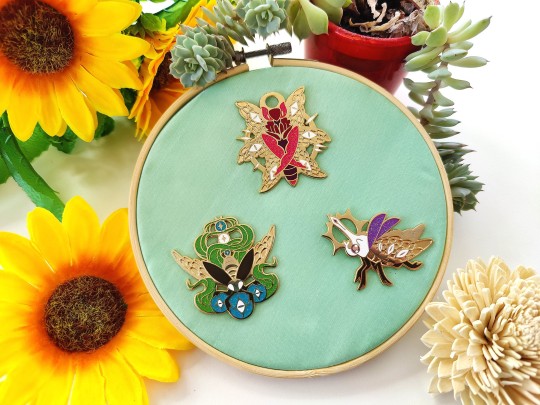

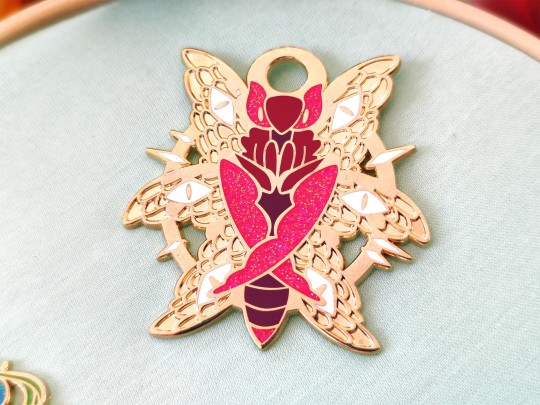

Fresh new pictures of the Biblically Accurate Bug enamel pins!
Finally they can clearly show off the wonderful wing details.
I'm planning on making two more for this set very soon!
You can find these in my etsy shop for now if they piqued your interest :]
#biblically accurate angel#angel#angels#angeology#insects#bugs#bugblr#enamel pins#enamel pin collection#angel pin#seraph#throne#power#beetle#mantis#firefly#shop
58 notes
·
View notes
Photo

The Fool. Art by Megan Ellis, from The Botanicals & Animals Tarot.
(Final version.)
#Megan Ellis#The Botanicals & Animals Tarot#The Fool#Major Arcana#Tarot#Animals#Rabbit#Insects#Grasshopper
35 notes
·
View notes
